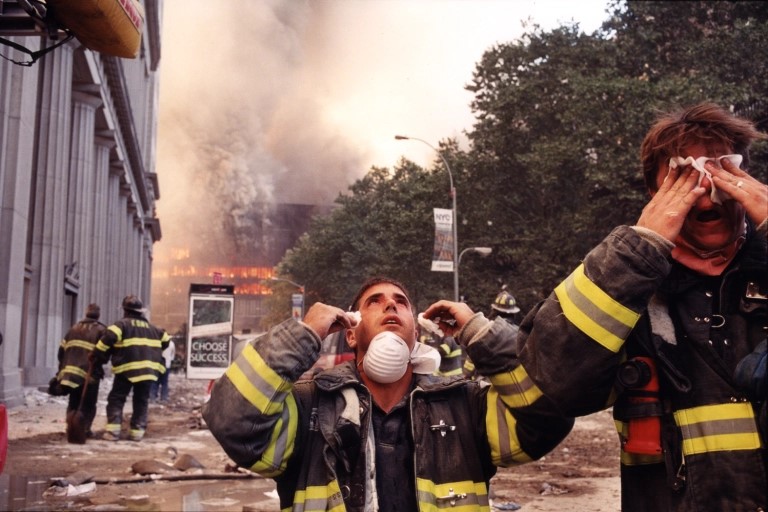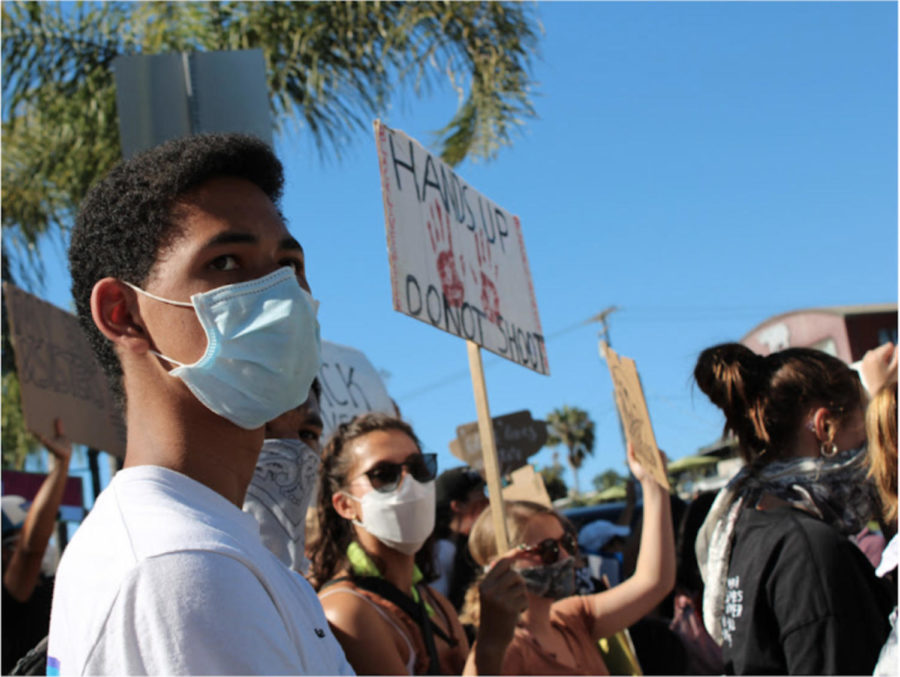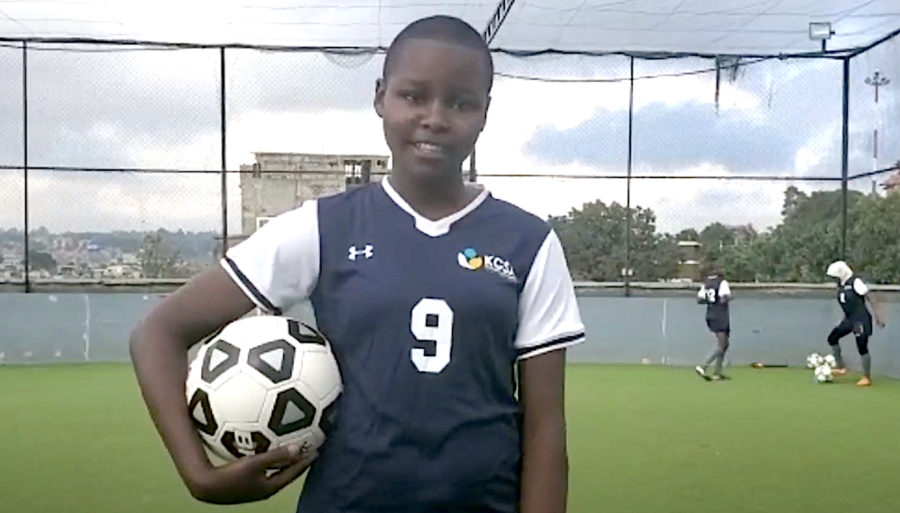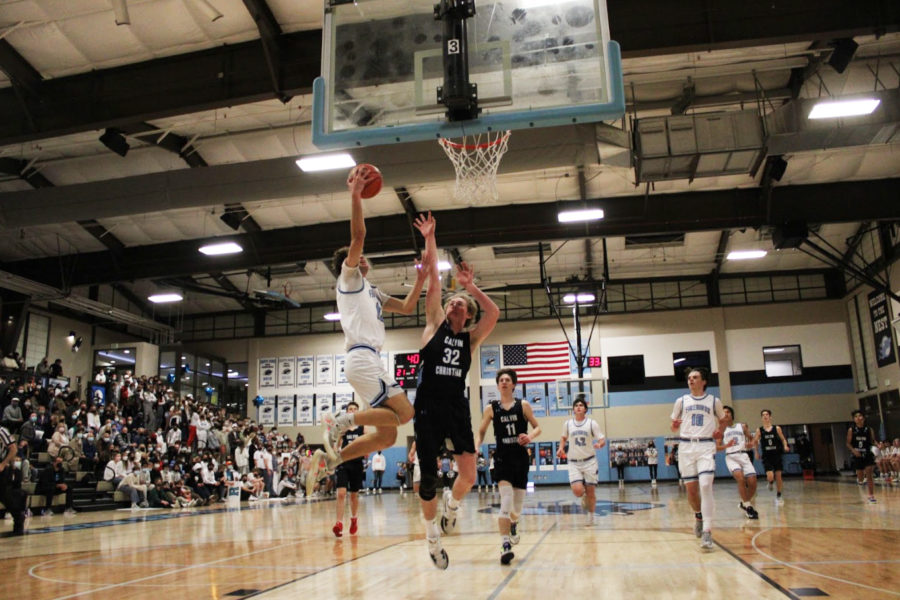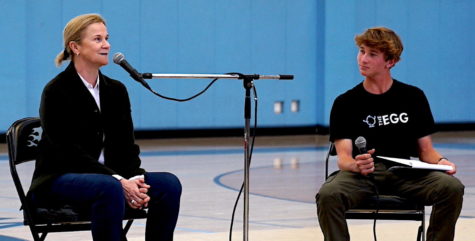No Place for Hate at PRS (POV Tison)
In “The Story of My Story” series, PRS student journalists share the experiences they have, and the lessons they learn, while creating the stories they publish.
The first thing that stuck out to me about the No Place for Hate program was the stickers. One minute students were listening to Ms. Woods, the PRS director of Community & Inclusion, speak about the No Place for Hate program, then the next minute yellow stickers had suddenly found themselves everywhere on bodies, backpacks, and bleachers in the gym.
After the announcement, at lunchtime, I stood in line for the microwave with a friend and asked her if we should take a selfie with the stickers, to post on Instagram and promote the program launch at PRS. But she said no, citing another friend who didn’t want to support the program.
I became deeply curious. What could be wrong with a program that wants to end hate? I began researching the origins of the program and talked to the friend who did not support it. New information swirled in my head and I began to see the program through less rosey lenses.
I scheduled an interview with Ms. Woods and that’s when the story really started to take form. The only complaints I had heard from students so far was that a pledge would not really do anything, along with some criticisms of the program’s creators, the Anti-Defamation League (ADL), over issues like Palestine and Armenian genocide recognition. But it was in the interview that I learned that our school wasn’t fulfilling the No Place for Hate requirements, in particular the one about having a student-centered school-wide committee.
I wanted to know how students were feeling about the program so I got my recording app ready and took to the paths of PRS. I talked to four or more students from every grade level, including the middle school, totaling 28 interviews. I learned about how many students had positive feelings toward the program and really believed in the work the school was doing. I found that upperclassmen had more jaded attitudes towards the school’s work.
Through talking with these students, I realized the story was less black and white than I imagined. I could not conclude definitively that we should or we should not do this program. It was in this gray area that I struggled to write the story. I didn’t know what the focus should be. Should it be about how we are not fulfilling at least one of the key requirements? Should it be about students’ responses to the program? Should it be about DEI work at the school as a whole?
What one may deem the most important part of a story, the actual writing of it, remained elusive. It was not until I collaborated with fellow student journalists, Erick Maganda and Vivian Zhang, that I was able to write the story. I had focused so much on everything I didn’t know that, as a result, I forgot how much information I had gathered and did know. Why I had wanted to do a story about the No Place for Hate program came back to me: I wanted to shed light on an area people didn’t know about.
For most students, their only association with No Place for Hate is yellow stickers and a promised pizza party. I believe students should know more. They should know that No Place for Hate is designed to be student run and student focused. I believe that if we are going to promote ourselves as a school that allows students to lead efforts to make a more inclusive community, then we need to allow students into the conversation. We need to give them the information to make change.
To read Hannah Tison’s original story about DEI at PRS, co-written with Erick Maganda and Vivian Zhang, click here.

Hannah Tison is a junior at Pacific Ridge School who loves to cover events and trends impacting students on campus. Her passion for community-focused...

